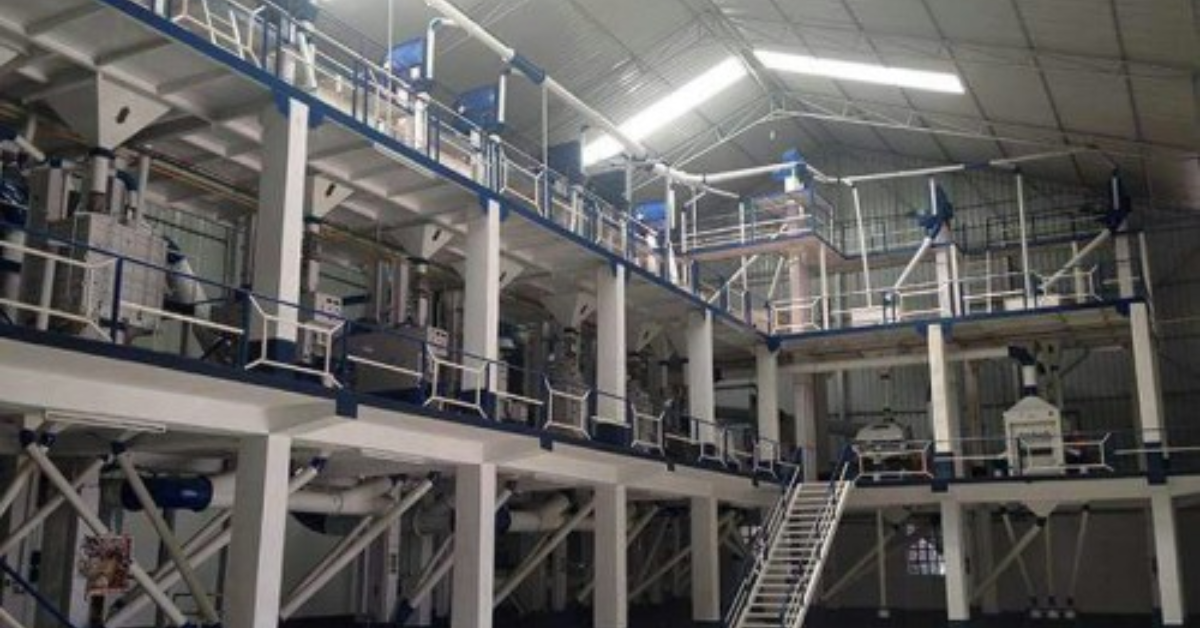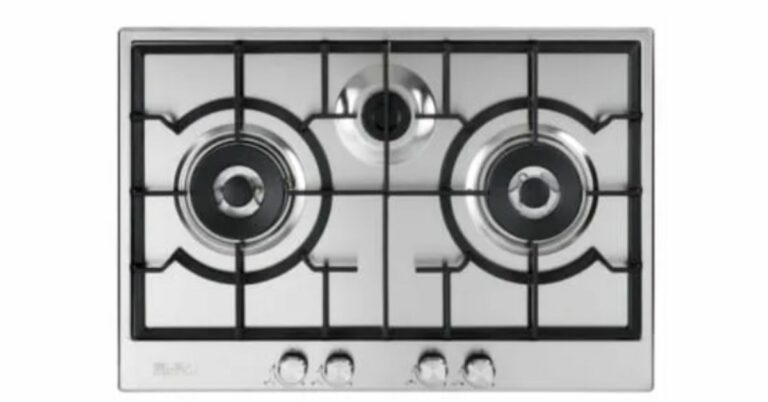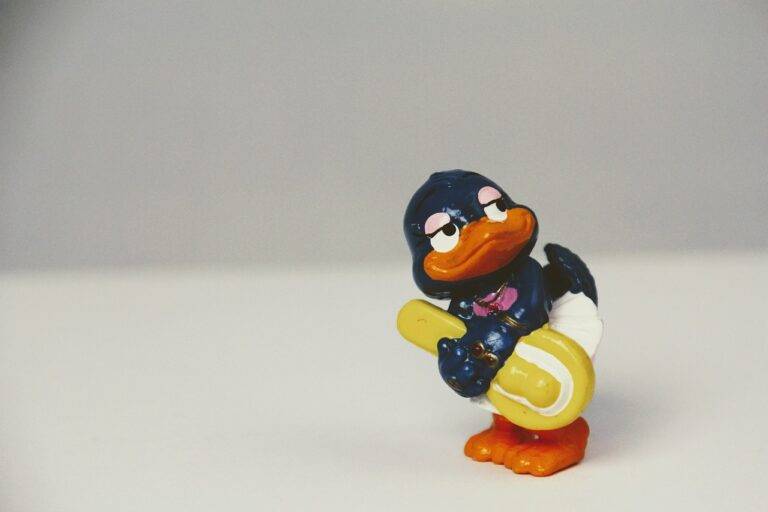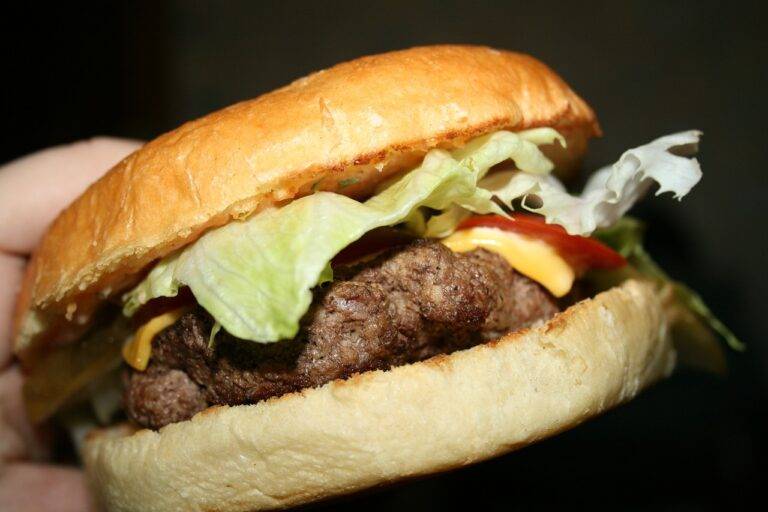Paddy Cleaner: The First Step Towards Quality Rice Milling
In the rice milling process, precision starts well before the actual dehusking or polishing stages. One of the most crucial yet often overlooked components of a successful rice milling operation is the Paddy Cleaner This machine is the gatekeeper of quality, safeguarding the entire milling line from contamination, inefficiencies, and unnecessary wear and tear.
As rice continues to be one of the most consumed grains worldwide, the demand for high-quality rice processing equipment has soared. One essential machine leading this charge is the paddy cleaner, especially those engineered by innovators like Ricetec Machinery. These machines are pivotal in ensuring that only the cleanest paddy enters the processing line—setting the tone for the rest of the milling operation.
What is a Paddy Cleaner?
A paddy cleaner is an agricultural machine designed to remove impurities from harvested paddy before it enters the rice milling process. These impurities may include dust, straw, stones, chaff, weed seeds, and immature or undersized grains.
By effectively removing these contaminants, a paddy cleaner helps ensure:
-
Better milling efficiency
-
Higher yield
-
Reduced machine damage
-
Improved final product quality
In modern rice mills, the paddy cleaner is often the first machine in the process flow, playing a vital role in setting the standard for what follows.
Types of Impurities Removed by Paddy Cleaners
Understanding the kind of contaminants that can be present in raw paddy highlights the value of an efficient paddy cleaner. Common impurities include:
-
Physical impurities: Stones, soil clumps, sand, straw, sticks, and husk.
-
Light materials: Dust and light chaff that can affect the cleanliness of the grain.
-
Biological contaminants: Insect larvae, fungus-infected grains, and moldy matter.
-
Undersized or shriveled grains: Which may not be suitable for polishing or sale.
Removing these from the milling process is crucial to protect sensitive downstream machines like dehuskers, whiteners, and polishers.
Working Principle of a Paddy Cleaner
Modern paddy cleaners, such as those found in advanced milling setups, use a combination of vibration, air suction, and sieving to clean the grain. The basic process includes:
-
Feeding Section
Paddy is evenly fed into the cleaner using an inlet hopper or conveyor. -
Sieving Unit
The paddy passes over multiple sieves with different mesh sizes. Large foreign materials are removed in the top sieves, while smaller particles like sand and dust fall through lower sieves. -
Aspiration System
Air suction separates light materials like chaff and husk. -
Outlet Sections
Cleaned paddy exits from the main outlet, while impurities are collected separately.
Machines like Ricetec’s conventional paddy cleaners are known for their robust design and efficient impurity separation using this multi-stage process.
Importance of Using a Paddy Cleaner in Modern Rice Mills
Many millers make the mistake of focusing solely on whitening and polishing stages, neglecting the importance of the initial cleaning. However, integrating a high-quality paddy cleaner into the system offers multiple advantages:
1. Protects Equipment
Impurities like stones or metallic particles can severely damage downstream machines. A paddy cleaner prevents this risk, thereby increasing the lifespan of expensive equipment.
2. Enhances Milling Efficiency
Cleaned paddy flows better through machines, reducing blockages and operational downtime. It also ensures more consistent output during each processing stage.
3. Improves Final Rice Quality
Contaminants left in the paddy can affect grain appearance, taste, and shelf life. Removing them early ensures superior end-product quality.
4. Reduces Energy Consumption
Machines handling clean paddy operate more efficiently and consume less energy, contributing to sustainability and reduced operational costs.
5. Meets Food Safety Standards
Foreign materials like dust, stones, and pest-damaged grains can compromise hygiene. A paddy cleaner plays a vital role in meeting health and safety regulations.
Types of Paddy Cleaners
Depending on the size and design of the mill, different types of paddy cleaners are available. These include:
1. Vibro Paddy Cleaners
These cleaners use vibration motors to shake the paddy across layered sieves. Ideal for high-capacity processing.
2. Conventional Paddy Cleaners
Rugged and suitable for smaller or medium-sized mills, these machines combine mechanical sieving and aspiration.
3. Rotary Paddy Cleaners
Use rotary motion to separate impurities. Good for continuous-flow mills.
4. Air-Screen Cleaners
Combine air suction with multiple sieves for more refined impurity separation.
Ricetec Machinery’s range of paddy cleaners, especially the conventional type, is known for combining reliability, efficiency, and simplicity—making them ideal for various scale operations.
Integration in the Rice Milling Line
A paddy cleaner is usually the first in the sequence of rice processing machines. Here’s a typical rice mill process flow:
-
Paddy Cleaner
-
Destoner
-
Paddy Husker
-
Paddy Separator
-
Whitener
-
Polisher
-
Grader
-
Color Sorter
-
Packaging Machine
By ensuring that clean, impurity-free paddy enters the rest of the system, the paddy cleaner enables every downstream machine to operate at its best.
Role in Yield Optimization
Yield is a key performance indicator in rice milling. Clean paddy translates into:
-
Lower broken rice percentages
-
Reduced machine downtime
-
Less spillage or choking
-
Higher-quality grains that fetch better market prices
A good paddy cleaner like the ones developed by Ricetec can improve yield by 5% or more, especially when processing mixed or low-quality paddy from local sources.
Paddy Cleaner Maintenance Tips
Even the most advanced machines need regular upkeep. Here are some tips for ensuring your paddy cleaner continues to perform optimally:
-
Regular sieve cleaning to avoid blockage
-
Check for wear and tear in brushes, bearings, and screens
-
Monitor motor vibration and balance settings
-
Ensure air ducts and suction fans are clean and functional
-
Inspect outlet pathways for smooth discharge of impurities
Following these steps will extend the machine’s service life and prevent unexpected downtime.
Ricetec Machinery: Elevating Paddy Cleaning Standards
Ricetec Machinery has emerged as a trusted name in the rice processing sector, thanks to their focus on engineering excellence and customer-centric designs. Their paddy cleaner (conventional model) is widely recognized for:
-
Superior cleaning capacity
-
Space-saving design
-
Compatibility with various grain types
-
Affordable and durable build
-
High throughput with low energy use
Whether you’re running a small unit or a large-scale milling plant, Ricetec offers scalable and tailored cleaning solutions to suit your needs.
Future Trends in Paddy Cleaning
With the evolution of rice milling technology, paddy cleaning is also becoming more intelligent and data-driven. Some trends to watch for include:
-
Smart sensors to monitor impurities and adjust airflow
-
Automated maintenance alerts
-
IoT-enabled systems for real-time monitoring
-
Dust recovery units for cleaner workspaces
-
AI-based grading of grains even during cleaning
Manufacturers like Ricetec are at the forefront of this transformation, integrating smart features into robust, field-ready equipment.
Final Thoughts
The paddy cleaner is not just a machine—it’s a frontline defender of rice quality, machine health, and milling profitability. By removing unwanted materials from the raw paddy, it ensures that the rice milling process starts on the right foot.







